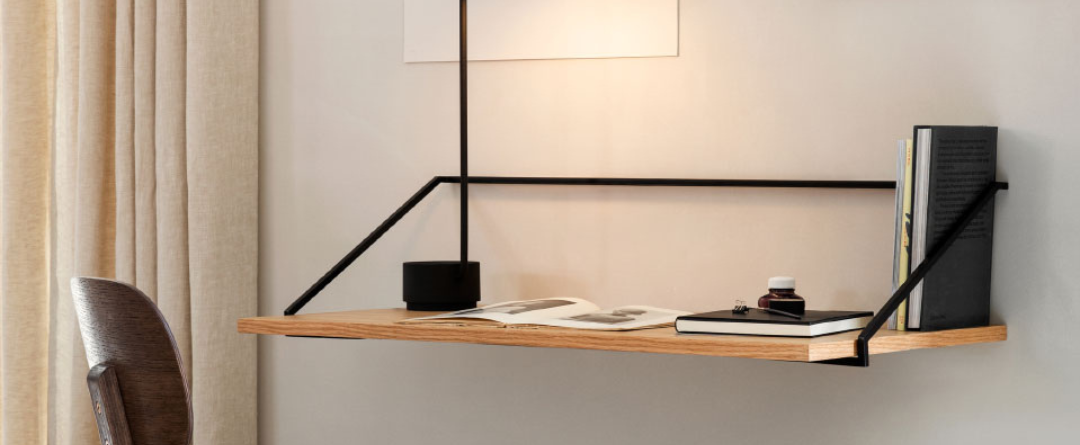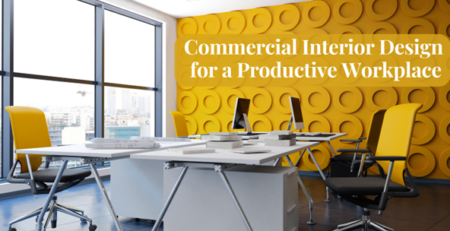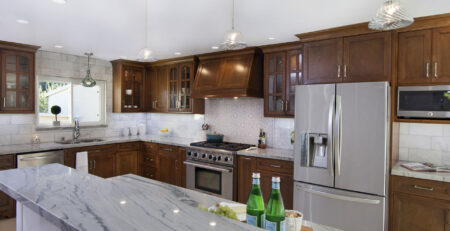Designing the Perfect Home Office: Top 5 Tips and Tricks for Success
Making the Most of Your Space: Top 5 Tips for Designing the Perfect Home Office
As more people work from home, designing a successful home office has become increasingly important. A well-designed home office not only increases productivity and creativity but also creates a comfortable and welcoming space that can make work enjoyable. Here are the top 5 ways to design a successful home office, along with some do’s and don’ts and tips and tricks to optimize your space.
Location
The location of your home office is crucial. It should be located in a quiet area of your home that is free from distractions. Avoid placing your office in high-traffic areas, such as the living room or kitchen, as this can be disruptive to your work. Ideally, your home office should be in a separate room with a door that can be closed to minimize distractions.
Do: Choose a quiet and isolated location for your home office, away from the hustle and bustle of your home.
Don’t: Place your office in a high-traffic area or in a room with lots of distractions.
Tip: If you don’t have a separate room for your home office, consider using a room divider or curtains to create a designated workspace.
Furniture
Choosing the right furniture is essential for a successful home office. Invest in a comfortable and ergonomic chair and desk to prevent back and neck pain. Consider the size of your workspace and choose furniture that fits comfortably without taking up too much space.
Do: Invest in a comfortable and ergonomic chair and desk that fits your workspace.
Don’t: Choose furniture that is too large or bulky for your workspace.
Tip: Consider using a standing desk or a balance ball chair to improve your posture and reduce fatigue.
Lighting
Proper lighting is essential for a successful home office. Natural light is ideal, as it can boost mood and energy levels. If natural light is limited, invest in a good-quality desk lamp or overhead lighting to create a well-lit workspace.
Do: Use natural light whenever possible, and invest in good-quality desk lamps or overhead lighting.
Don’t: Rely solely on harsh fluorescent lighting or dim lighting that can cause eye strain.
Tip: Use adjustable blinds or curtains to control the amount of natural light in your workspace and reduce glare on your computer screen.
Storage
Adequate storage is essential for a well-organized home office. Invest in shelves, cabinets, and filing systems to keep your workspace clutter-free and organized. Use storage solutions that are both functional and stylish to create a space that is both efficient and aesthetically pleasing.
Do: Use shelves, cabinets, and filing systems to keep your workspace organized and clutter-free.
Don’t: Allow paperwork and other items to pile up on your desk or on the floor.
Tip: Use decorative storage boxes or baskets to add a stylish touch to your workspace while keeping clutter under control.
Personal Touches
Finally, adding personal touches to your home office can make it a more enjoyable place to work. Use artwork, plants, and other decorative touches to create a space that is both functional and welcoming. Consider adding a comfortable chair or a cozy rug to make your workspace feel more like home.
Do: Add personal touches to your workspace to make it more welcoming and comfortable.
Don’t: Overdo it with too many decorative items that can be distracting or cluttered.
Tip: Use a color scheme that reflects your personal style and preferences to create a space that feels unique and personalized.
In conclusion, designing a successful home office is crucial for anyone who works from home. By following these top 5 ways to design a successful home office and implementing these do’s and don’ts and tips and tricks to optimize your space, you can create a functional, comfortable, and inviting workspace that will boost your productivity and creativity while making work more enjoyable.











